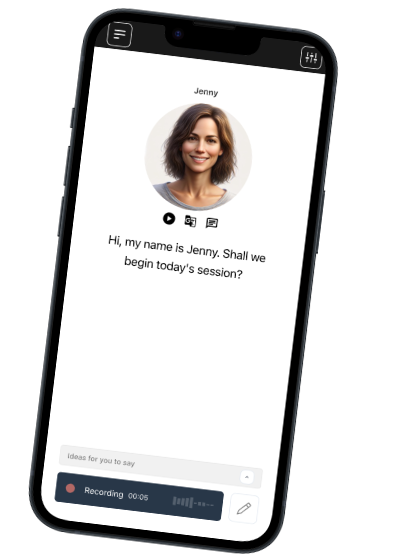Founded in Denmark. We respect your privacy.
Join a worldwide community of language learners
Why You Can’t Order Food in Italy—Unless You Know These Real Italian Phrases
Last updated on
Imagine this: you’ve landed in Rome, hungry from sightseeing, finally perched at a sidewalk trattoria—only to realize that your textbook phrases barely get a flicker of understanding from the waiter. If your dreams of sipping espresso and ordering local delicacies crumble into awkward confusion, you’re not alone. There’s a reason even experienced Italian learners say their first meal order catches them unprepared. But at the end of this article, you’ll discover the one conversational trick fluent speakers use that textbooks rarely mention.
Why Textbook Italian Fails at the Table
Textbooks teach you essential words and grammar, but language is a living thing—especially in Italy’s bustling eateries. People don’t talk like course dialogs. Consider the classic phrase Vorrei un caffè, per favore (“I would like a coffee, please”). Technically correct, yet rarely heard in actual cafés. Most locals simply say Un caffè, grazie with a knowing smile. Real orders flow with regional expressions, idioms, and polite little tweaks that come from experience, not memorization.
Key Local Expressions That Make the Difference
Here are some phrases and subtleties you’re likely to encounter—none of which you’ll typically find in standard learning materials:
- Posso? – Literally “May I?” Often used when approaching the counter or asking if you can order.
- Da bere? – “To drink?” used by servers, expecting a natural, short reply (“Acqua frizzante”).
- Un attimo! – “Just a moment!” A polite way to buy time while you scan the menu.
- Mi porta…? – “Can you bring me…?” Softens the order; it’s more common and friendlier than directly stating the item.
- Per me… – “For me…”—used when ordering in groups: Per me una pizza margherita.
Not only do these short phrases sound natural, but they also show cultural awareness—an essential part of being understood and getting good service. As language specialists at the BBC note, the difference between “polite” and “friendly” Italian is subtle, but important in daily life.
The Importance of Politeness and Tone
In Italy, how you speak matters as much as what you say. Many learners think adding “please” makes anything polite, but it’s context, body language, and familiarity with local etiquette that smooths interactions. For example, a smile and gentle tone can make even the shortest request sound warm, while a formal phrase with a rushed delivery might seem abrupt.
Italian also changes between regions and even between families—what’s considered friendly in Naples may sound brusque in Milan. That’s why spending time on Italian conversation skills tailored for specific cities or dialects helps you adapt in real situations.
Ready-To-Use Phrases You Actually Need
- Mi consiglia qualcosa? – “Do you recommend anything?” Waiters love this; it shows interest in local cuisine.
- Ce l’avete senza glutine? – “Do you have it gluten free?” Useful for dietary needs.
- Quanto ci vuole? – “How long will it take?” Handy during busy times or special dishes.
- Il conto, per favore. – “The bill, please.” Always say this with a smile!
Being able to sprinkle these into your meal order makes you stand out as a considerate guest, not just another tourist struggling through a phrasebook.
The Secret Trick Fluent Speakers Swear By
Here’s what language pros do differently: they practice real-life scenarios, not just vocabulary lists. They role-play entire conversations—complete with interruptions, questions, and mistakes—so they’re prepared for authentic human interaction, not just predictable exchanges. Platforms like AI-powered simulated conversations allow you to experience this no-pressure practice at home, building confidence word by word.
And here’s the big reveal promised earlier: The most fluent visitors don’t memorize a hundred phrases. They get comfortable with five or six, adapt their tone on the fly, and let their body language fill in the gaps. That’s because connection—not perfect grammar—is what gets your meal (and a smile) in Italy.
For deeper insights into how everyday speech diverges from textbook dialogs, check out discussions on Stack Exchange and explore how micro-gestures and phrasing vary by town at Omniglot’s Italian language resource. Buon appetito—and happy speaking!
Talk Your Way
to Fluency

Talkio is the ultimate language training app that uses AI technology to help you improve your oral language skills!
Try Talkio


